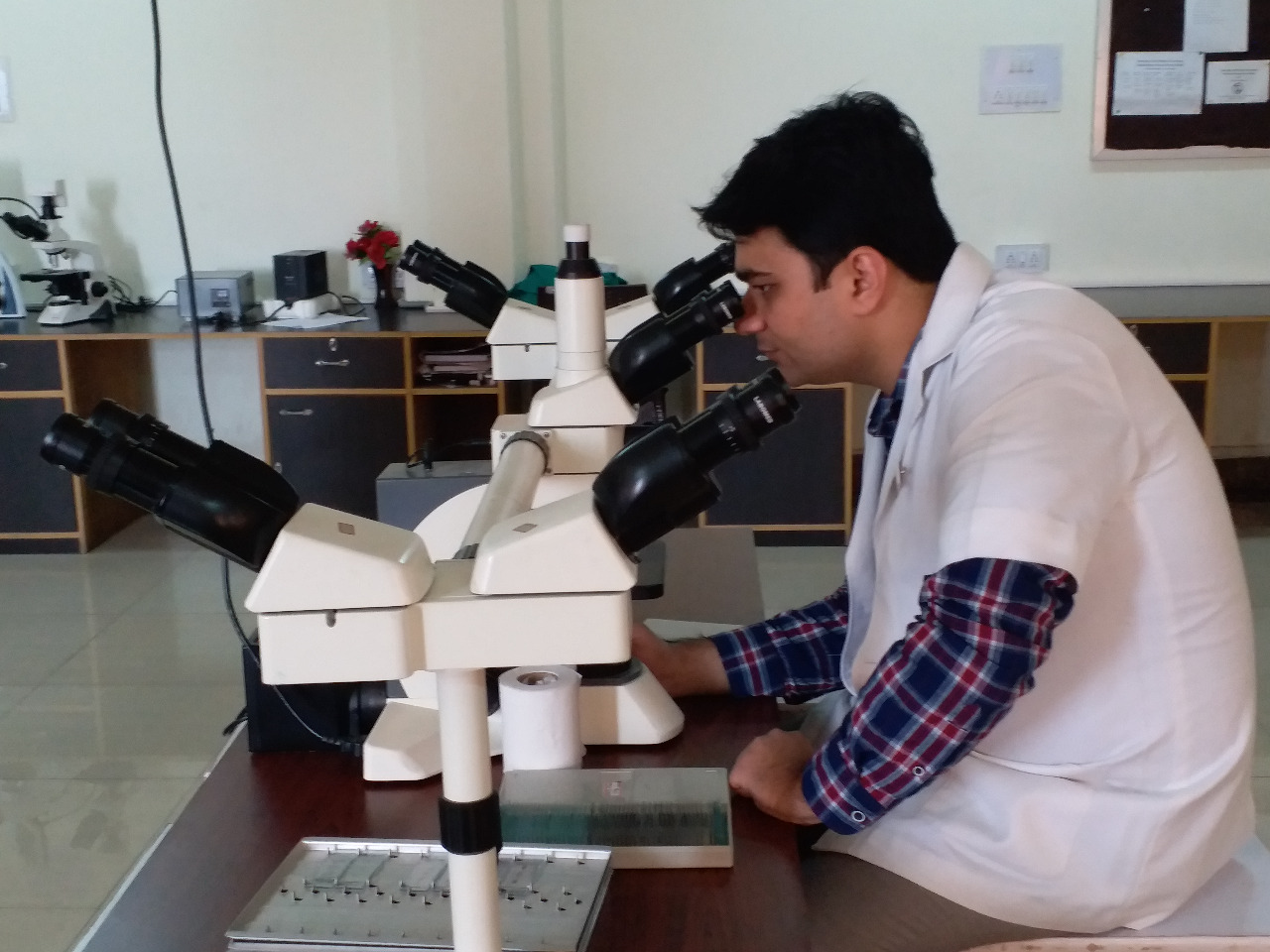Lifeline Dental Care Gaya mission is to provide personalized, high-quality care on an
as-needed or preventative basis. We have created a practice that we believe in and
choose
for our own family members.
We are a full-service family practice of dedicated, experienced dentist who believe in
working with our patients to maintain and improve their health. We work together to
serve
your entire family for all of your dental needs in all stages of life. Our doctors
believe
in providing comprehensive health care services to our patients in a friendly, relaxed
atmosphere. We also believe in educating our patients as we work with them to achieve
the
best physical state possible.
We love to see you smile. Really, we do. That's because we take great
pride
in offering the most up-to-date cosmetic dental techniques in a relaxed, friendly
atmosphere, served up by the most knowledgeable and experienced cosmetic dentists in the
field. We know that every great smile--your smile--is the sign that we've done our job
to
provide the highest level of care.
Cosmetic dentistry has advanced by leaps and bounds over the years. Gone are the
procedures
of old that delivered substandard results. Now, almost anything can be accomplished with
the right technology and know how. We use the latest technology, and all of our dentists
are thoroughly trained in the latest techniques...read more
→





Dr. Shakeb Khan Afridi
BDS (Hons),
MDS - Oral Pathology & Microbiology
IAGD (USA), M.I.D.A.
IAOMP - Life Member
Dr. (Mrs.) Rafat Sultana
BDS (Hons),
MDS - Periodontology & Oral Implant Dentistry
ISP- Life Member, M.I.D.A.
Dr. Shakeb Khan Afridi
BDS (Hons),
MDS - Oral Pathology & Microbiology
IAGD (USA), M.I.D.A.
IAOMP - Life Member
Dr. (Mrs.) Rafat Sultana
BDS (Hons),
MDS - Periodontology & Oral Implant Dentistry
ISP- Life Member, M.I.D.A.